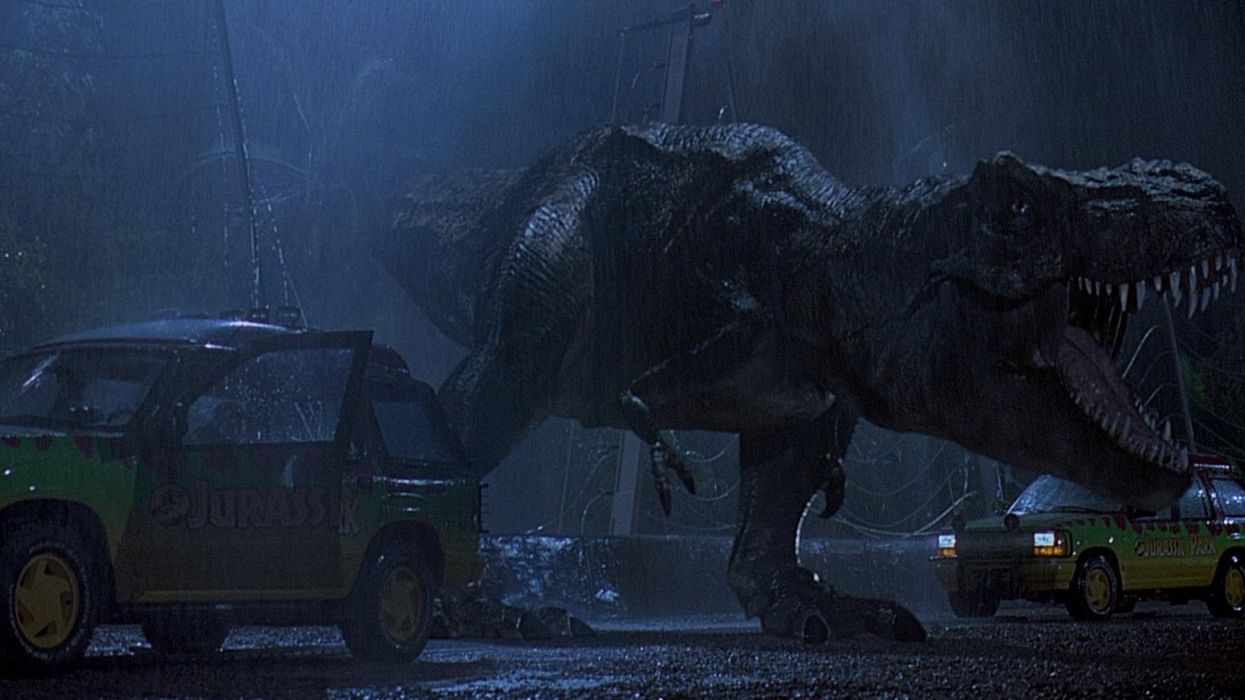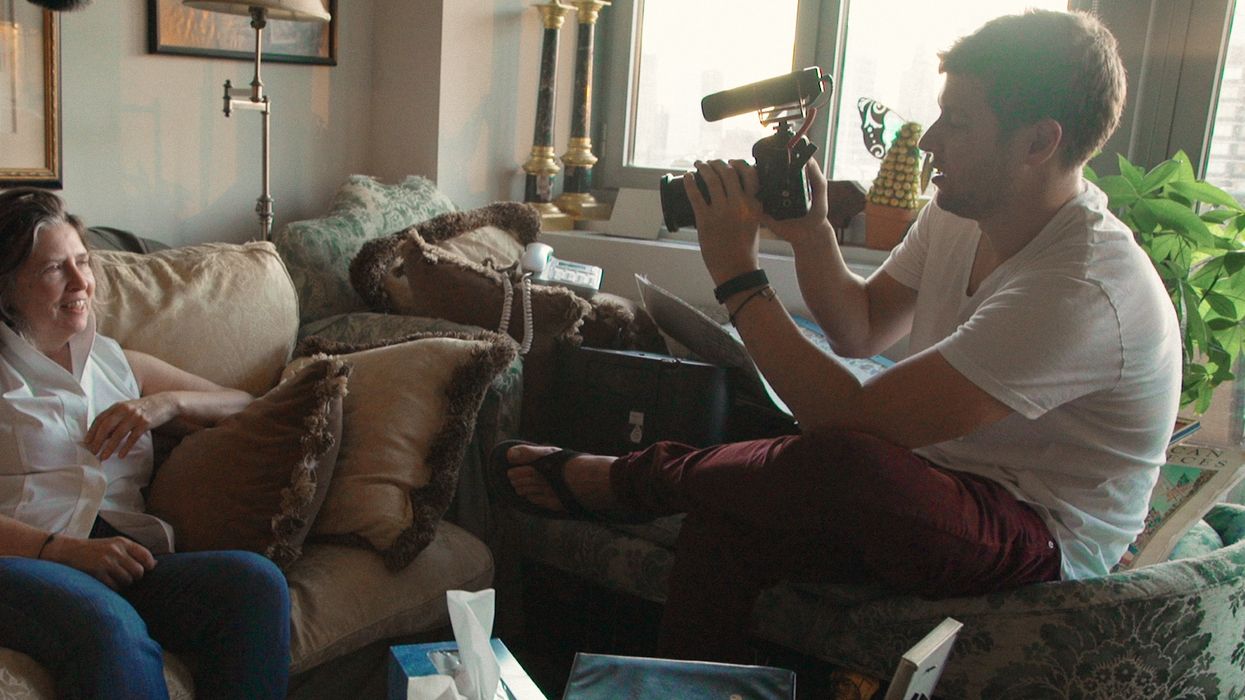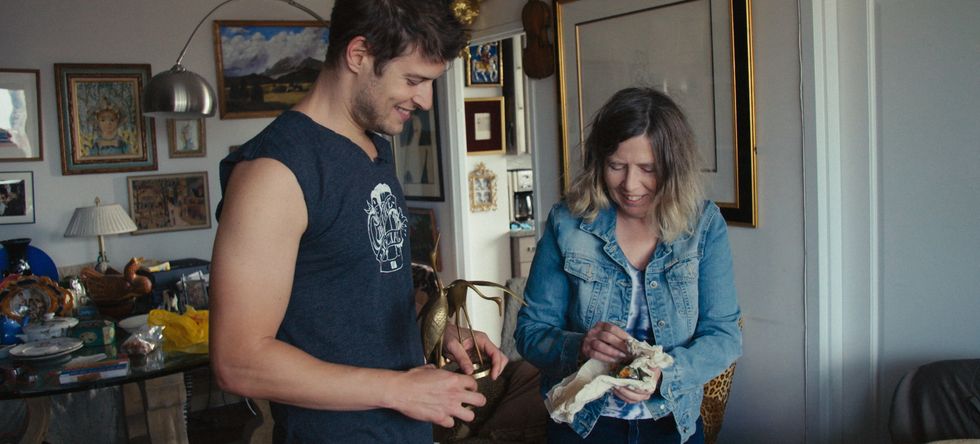Watch: Why Does 'Jurassic Park' Still Hold Up as the Greatest CGI Film of All Time?
23 years later, Jurassic Park is still one of cinema's greatest CGI triumphs—but it used a surprisingly small amount of CGI.

When I saw Jurassic Park in the theater during its 1993 release, I thought the dinosaurs were real. Of course, this is partly due to the fact that I was 8 years old at the time and didn't have the cynical sophistication of today's iPhone generation, but I think an ever greater factor was that those dinos just looked so damned realistic.
So, what did Jurassic Park do with VFX that was so different from other films both before and after it was made? In this video essay, Kristian Williams explores how the collaboration between director Steven Spielberg and the legendary VFX company Industrial Light and Magic worked to bring those prehistoric beasts to life in a very real way.
Though CGI predates Jurassic Park by over a decade, Industrial Light and Magic's innovation in the film's CGI, like being able to generate more realistic movement and textures, not only earned them an Oscar, but it also ushered cinema into a new age of digital technology.
But why are we still talking about the film today? It's clear we've grown in leaps and bounds when it comes to VFX—I mean, we've made pretty believable movies about space walks that go awry, Turing-tested humanoids, and humans colonizing a gas giant in Alpha Centauri by remotely controlling genetically modified avatars of blue tribal aliens. But very few films stand up to Jurassic Park's CGI in terms of realism. Counterintuitively, this might because, as the video points out, Spielberg used visual effects sparingly.
Less than half of the 14 minutes of footage containing dinosaurs in Jurassic Park used CGI, while the rest is attributed to the work of iconic make-up effects artist Stan Winston and his team, who were put in charge of constructing the animatronic dinosaurs. And unlike many CGI films today (including the latest in the series, Jurassic World), the sets and environments that the characters interact with are real, which only further adds to the feeling that what we're watching is more fact than fiction.
Visual effects have come a long, long way and we can do so many amazing things with them, but we're not yet to the point of complete believability. To put it simply, we still know CGI when we see it. So, maybe the reason why Jurassic Park is such a beacon in visual effects is because Spielberg understood its limitations and was sure to include real-life models and puppets in tandem—kind of like hiding your dog's medicine in a dog treat. Although the technology is incredibly sophisticated, it still has a few rough edges that our brains can't ignore so, for the time being, CGI still shines the brightest when its presence is subtle.
Source: kaptainkristian

 'Little Empty Boxes'https://littleemptyboxes.com/
'Little Empty Boxes'https://littleemptyboxes.com/ 'Little Empty Boxes'
'Little Empty Boxes'









